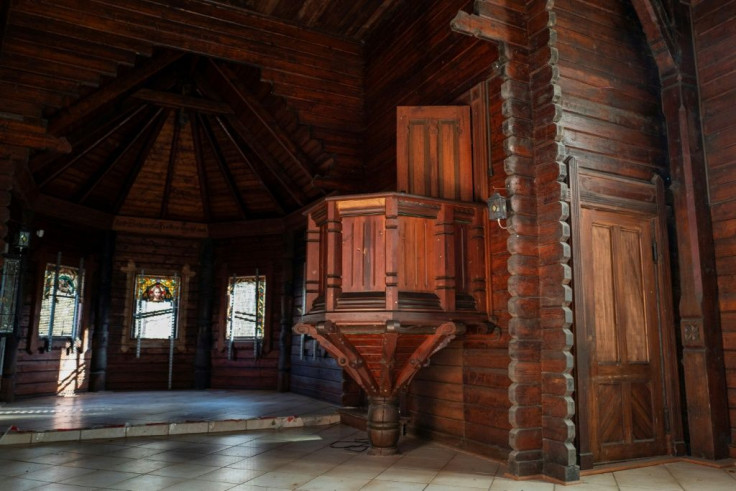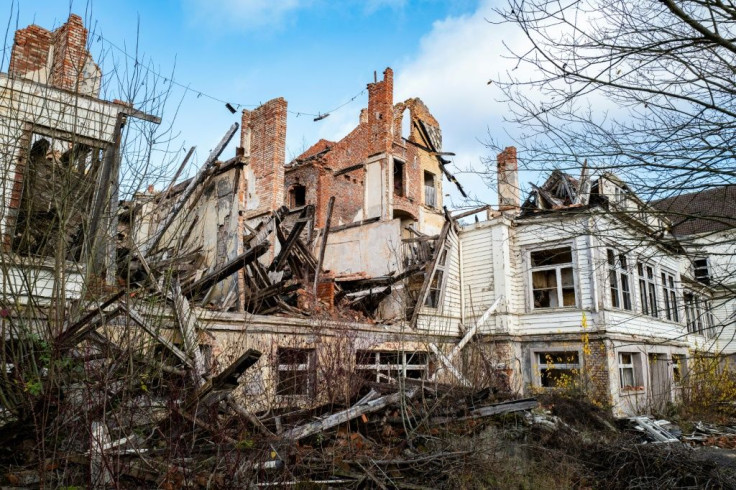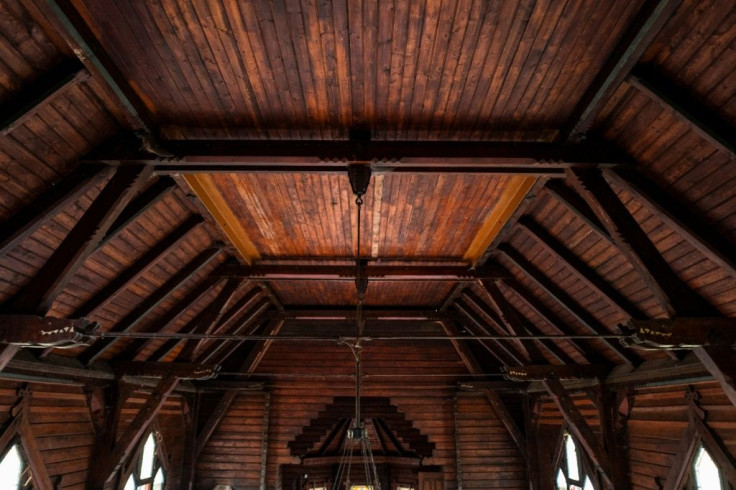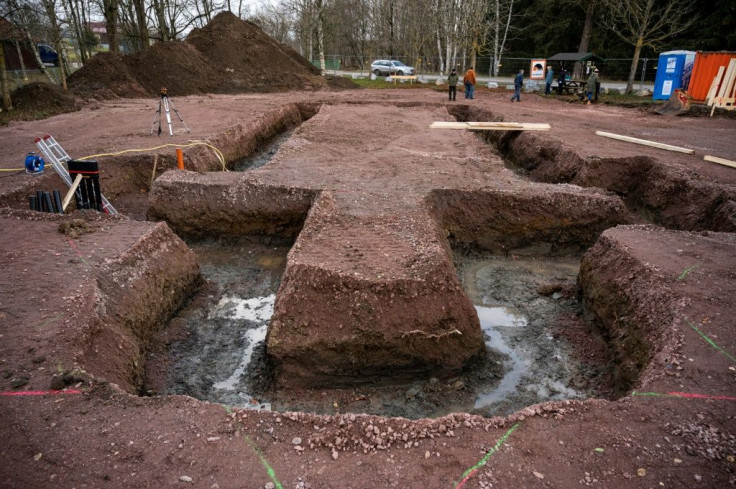Atheists To Save Historic Wooden German Church Plank By Plank
Ask Hans Powalla if he is a believer and the immediate response is a firm "no".
Yet he and other villagers in and around the German town of Stiege have embarked on the Herculean task of saving a picturesque church by moving it from the middle of a forest into the centre of town.

Former electrician Powalla, 74, said they were driven by the "unique architecture of the building" and the "meaning that it gives to the region" in the Harz mountains.
The object in question is a stave church, or wooden church, complete with dragon ornaments on the roof, built in the Nordic style in 1905.
It is one of only three such churches from that era still standing in Germany, and is classed as a monument of national significance.

Unlike most churches which have prominent spots in town centres, this site of worship was built as a private sanctuary for patients recovering from lung diseases at a sanatorium located in the woods.
But the sanatorium was shut, and by 2009, the church fell out of use.
Its isolated location makes it a target for vandals.

A fire broke out at the former lung clinic just a few metres away from the church in 2013, damaging its structure.
"From the village, we saw the black plumes of smoke and thought 'oh no, there goes the church'," said Regina Nowolski, 69, a member of the Stiege Stave Church Association, co-founded by Powalla.

But as it turned out, the church was undamaged.
"And there came the idea that something must be done now or the church will one day collapse," said Regina Bierwisch, spokeswoman for the association.
"The only solution to save the church was to take it away."

While the idea was clear-cut, it was far easier said than done.

The challenges were plentiful: getting permission to move the structure, finding a new home, and working out how to get it there.
At one point, lifting the whole building with a Bundeswehr military helicopter was mulled.
Linked to all those issues is the million-euro question of how to finance the project.
Undeterred, members of the association took the matter to the mayor, wrote to federal authorities on conservation and made public appeals to fundraise.
"In the beginning I found it a funny idea. But I quickly noticed that they're not giving up, they are there to see it through," Ronald Fiebelkorn, mayor of the Oberharz am Brocken region, told AFP.
Buoyed by the wave of enthusiasm, Fiebelkorn took it to state and federal authorities whose initial reaction had been "you're crazy".
But soon, the officials also relented.
With backing and funding secured, the 1.1 million euro project ($1.3 million) to move the church is now in its last lap.
A plot of land has been secured in Stiege town, offered by the regional authorities to the association at a symbolic price of one euro.
The association also purchased the private church from current owners, a real estate company in Berlin, for a single euro.
Groundbreaking at the new site began in November and once the concrete foundation is laid, from March, the church will be taken apart from top to bottom, plank by plank.
"Just like a Lego house," said Bierwisch, noting that the wood must be rebuilt quickly at its new plot about five kilometres (about three miles) away, with completion targeted for September.
There is already a community church in Stiege itself, and Bierwisch made clear the intention is "not to compete" for believers.
Rather, in its new home, the association hopes the stave church will become an open space for community events as well as serve as a new attraction for visitors to the region.
Pointing out that the largest stave church in Germany is located just about 60 kilometres away in the town of Hahnenklee, also in the Harz mountains region, Bierwisch said: "That can become a tourism route, with churches as the highlights.
"The conservation of what people could do 100 years ago should be shown and be seen, respected in this beautiful tourist area."
© Copyright AFP 2024. All rights reserved.





















